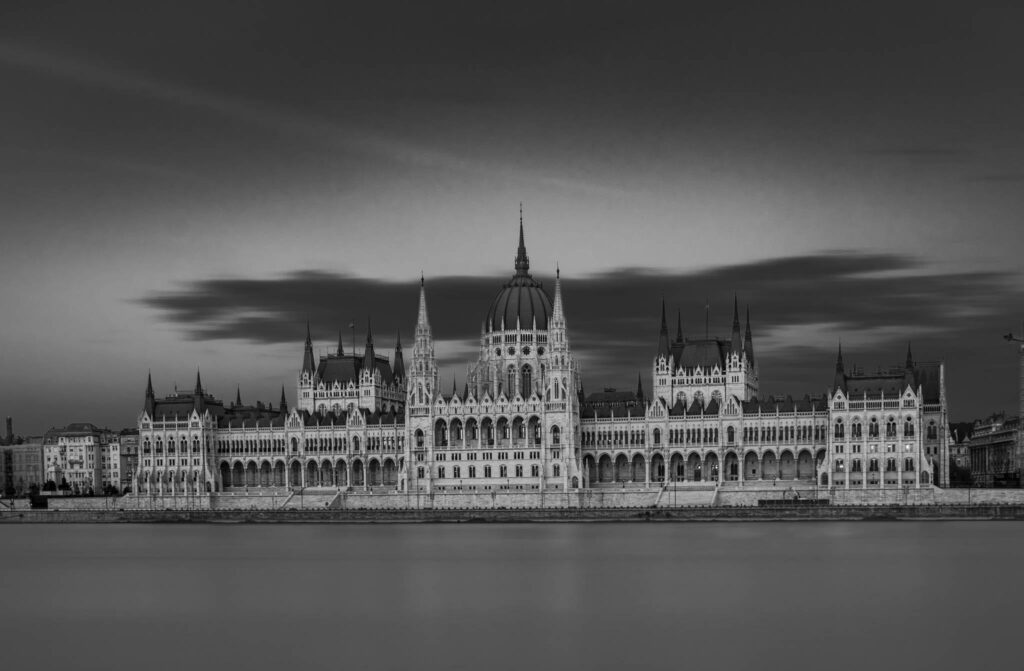Monochrome photography is a type of photography that uses variations of a single colour in terms of tints, tones and shades. There are also times when differing amounts of light illuminate a scene at certain times of the day, making the scene look monochrome. In general, whether it is the light used or the colours in the scene or frame itself, any type of photography that uses different tones of a single colour in the image is Monochrome photography.
In this article, we have put together a few tutorials that will help you to master monochrome photography.
What Is Monochrome Photography? Examples And How To Shoot It
Monochrome photography involves capturing images that have variations of only one colour in the frame. Monochrome photography is not the same as black and white photography which many beginners have confusion with. This article by Shotkit discusses what is monochrome photography, the difference between monochrome and black and white photography, how to shoot monochrome photography in camera, using filters, and monochrome cameras and how to use Lightroom to create monochrome photos.

Monochrome Photography Vs. Black And White | Difference
Are you confused between monochromatic and black and white photography? They are not the same! Monochrome photos can be captured in camera or the photos can be post-processed to achieve a monochromatic colour. This article from Expert photography talks about the difference between monochrome and black and white photography.

How To Use Monochrome Color In Photography
Photographers usually make a choice of light and colours to portray certain emotions in photography. Monochromatic photography takes colour photography to a totally new level where only the hues and tones of a specific colour are found in the photograph, yet making it look pleasing and beautiful. In monochromatic photography, a single colour in different shades is used to enhance mood and atmosphere, and this article by Digital Photography School discusses what is monochrome colour with some examples of various monochrome colours and photographs.

15 Tips For Monochrome Photography
Monochrome photography has played a major role in photography since the beginning, for example, sepia and cyanotype photos are classic and timeless. Monochromatic photography simply means photos that have only a single colour, that is variations or shades, tints and tones of the same colour. This article by Iceland Photo Tours talks about monochromatic photography along with 15 tips to capture stunning monochrome photographs.

Using Monochromatic Colours In Photography
Monochrome images have the flexibility that they can be applied to any genre of photography starting from landscape to still life and abstract photography. The photographer needs to creatively choose the subject or scene because it is a single colour that is used in the photograph and it needs to be effective in terms of light, composition and subjects, in order for the image to work well. This article from Pixpa talks about monochromatic colours and photography, why photographers use monochromatic colours and some tips to create stunning monochromatic colours in photography.

30 Colorful Works Of Monochromatic Photography
After checking out the above resources, if you are still running out of ideas or creativity for monochromatic photography, then this article by Web Urbanist has some eye-opening monochromatic shots in red, blue, green, purple, orange and yellow.





